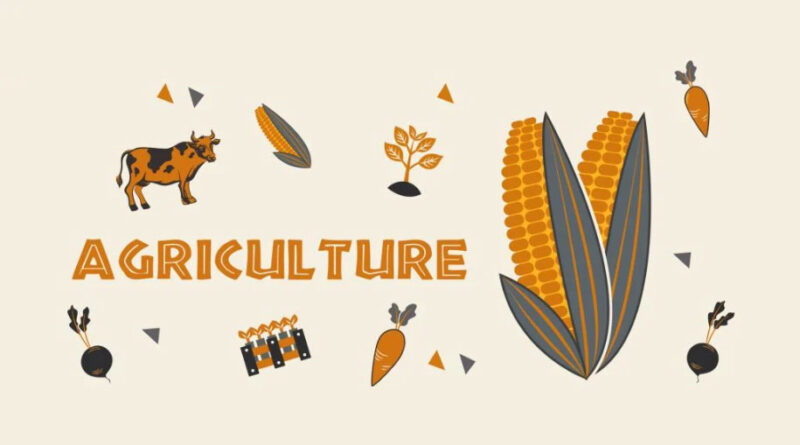Some Facts and Myths About Agriculture in Nigeria
Here are some facts and myths about agriculture in Nigeria:
Facts
- Agriculture accounts for approximately 25% of Nigeria’s GDP.
- Nigeria is the largest producer of cassava in the world.
- The country is also a significant producer of other crops such as maize, sorghum, millet, and cowpea.
- Agriculture provides employment for about 30% of Nigeria’s workforce.
- Nigeria has over 84 million hectares of arable land, with only about 40% currently under cultivation.
- The agricultural sector has the potential to generate $200 billion annually if properly harnessed.
- Nigeria is a major producer of livestock, with over 15 million cattle, 20 million goats, and 10 million sheep.
Myths:
- Myth: Agriculture is only for rural areas.
Fact: Agriculture can thrive in urban areas through practices like hydroponics, vertical farming, and backyard gardening. - Myth: Agriculture is a low-profit venture.
Fact: With proper management and technology, agriculture can be highly profitable. - Myth: Nigerian soil is poor for farming.
Fact: Nigeria has diverse soil types, and with proper management, many areas have fertile soil suitable for farming. - Myth: Agriculture is only for the uneducated.
Fact: Agriculture requires skill, knowledge, and innovation, making it a viable career path for educated individuals. - Myth: Government support for agriculture is sufficient.
Fact: While government initiatives exist, more support is needed to address challenges like funding, infrastructure, and research. - Myth: Nigeria cannot produce enough food to feed its population.
Fact: With proper investment and planning, Nigeria has the potential to become self-sufficient in food production. - Myth: Agriculture is a labor-intensive sector.
Fact: Mechanization and technology can reduce labor requirements, increasing efficiency and productivity.

